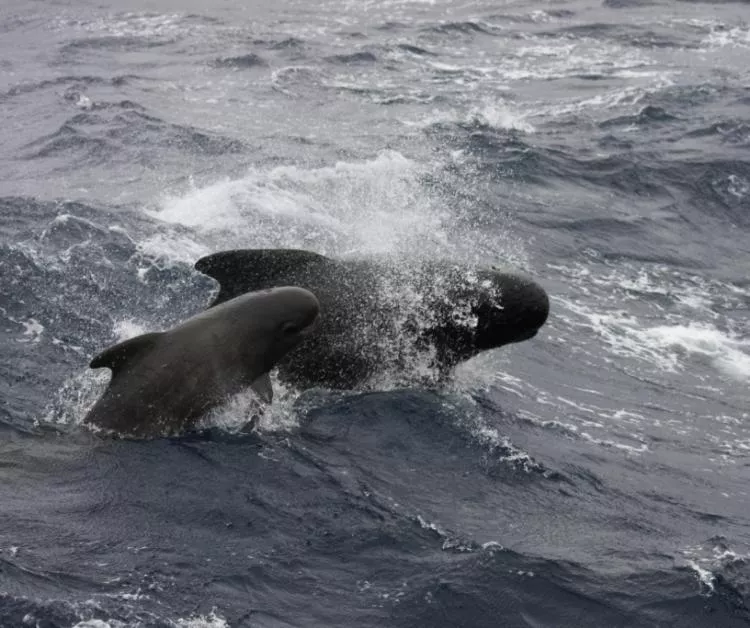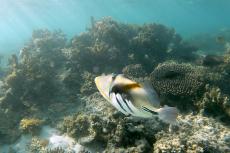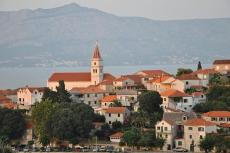Buoy in Celtic Sea tracks oceanic noise
The waters of the Celtic Sea off the coast of Baltimore in west Cork, Ireland has been playing host to a two-tonne, 13 feet yellow buoy since March 2021.
Equipped with an autonomous hydrophone, the buoy's function is to conduct for the first time real-time acoustic monitoring of the water's cetaceans to assess how oceanic noise pollution affects them.
Deployed as part of the Smart Whale Sounds project, it will also track the distribution and behaviour of whale species in real-time and be used to train machine learning models to identify different species' calls.
The data collected will be used to create a marine wildlife detection and classification model in Irish waters, which can be applied to other regions worldwide.
ORCA
The project is being undertaken by Ocean Research and Conservation Association (ORCA) Ireland, a non-profit organisation based in Cork, in partnership with Rainforest Connection and supported by Huawei Ireland.
ORCAIreland's Co-Founder and Executive Director Emer Keaveney told the Irish Examiner that it was a “brilliant opportunity” for Irish scientific research to lead the way globally, and an example of how technology can be utilised for environmental purposes.
Reducing ship strikes
In a video interview with Sky News, she said, "We know very little about the rate of ship strikes in Irish waters and how often whales are hit by ships, and we also know very little about how loud our ships are."
She added that using the organisation's Observer App, mariners can be notified whenever there is a potential whale in the area, and thus "what they can do is they can reduce the speed and then that will limit the impact of noise pollution, [...] it will also reduce the risk of ship strikes."
Sounds informing science
Topher White, Chief Executive of Rainforest Connection said, “No matter where we look on earth, life expresses and asserts itself through sound. There’s no better way to tap into the subtlety and the essence of ecology than through how nature calls to itself.
“To capture this at scale within our oceans, and harness the power of cloud-AI and big-data analysis to gather the ecological insight, is the beginning of an unprecedented era of ambitious scientific discovery and critical conservation work,” he added.
Presently, 25 species of resident and migratory cetaceans live in Irish waters, comprising a third of all cetaceans found worldwide. The south coast is one of the world’s most important foraging, resting and reproductive habitats for cetaceans.


























